As a member of the allium family, companion plants for leeks will benefit from its insect-deterring properties and a host of other benefits. While many gardeners grow traditional red or yellow onions, leeks are far less common but absolutely worthwhile! This article will explore how leeks can be the perfect addition to a garden and help many kinds of plants.
Leeks are part of the Allium family which includes red and yellow onions, garlic, shallots, chives and, green onions. This is significant because in most cases, companion plants for leeks will be great companion plants for these other alliums as well. Understanding companion plants as part of their families makes it much easier to use companion plants in the garden without a lot of overplanning.
There are 24 companion plants for leeks! Depending on your overall gardening goals, you may find yourself picking and choosing companions that benefit the leeks (like carrots) or that receive protective benefits from the leeks.
Leeks are fantastic at repelling insects. However, it is important to keep in mind that as part of the Allium family, gardeners don’t need to just use leeks alone for insect repelling tendencies. In one part of the garden, you can use leeks and perhaps in another part use onions or garlic.
One way to help decide which allium to plant in different sections of the garden is to try and pair each allium with plants of a similar growing season. For example, onions are harvested in late summer. You may not want to plant them in a bed with a lot of root crops that are not pulled up until late fall because the soils will be disturbed.
Leeks are harvested late so that makes them an excellent option for other vegetables that are harvested late.
While many gardeners stick to traditional favorites like basic onions and garlic, those who also enjoy experimenting in the kitchen will appreciate the more delicate flavor that leeks provide compared to other alliums.
Table of Contents
What Kind of Gardener Plants Leeks as Companion Plants?
In terms of practicality, leeks are probably not an essential garden plant. After all, good old-fashioned yellow onions are easier to store long-term and offer that strong onion flavor we all rely on in savory dishes.
However, if you are a creative cook and want to experiment beyond the traditional flavors, leeks are something you should consider. Leeks require a bit of “long-term vision” to really appreciate as they need a long growing season and then actually need to experience frost to become the most flavorful.
Leeks make a delicious addition to soup, pizza, bread, baked dishes, and much more. Their sweet onion flavor makes an excellent addition to a wide variety of culinary creations!
What Insects Do Leeks Repel?
Like other plants in the allium family, leeks have great insect-repelling abilities. As companion plants, this is one of the primary reasons to use leeks in the garden other than being a delicious ingredient!
Leeks repel the following insects:
- Carrot root flies
- Aphids
- Celery Leaf Miners
- Cabbage white caterpillars
- Cabbage worms
- Whiteflies
- Spider mites
- Flea beetles
- Ants
24 Companion Plants for Leeks
There are 24 companion plants for leeks. In each case, leeks may either benefit from or provide benefit to the other plant. In some cases, it will be both.
1. Beets

Benefits: Leeks repel some common beet insects.
Beets and leeks share similar soil preferences and can be interplanted to maximize space in a small garden. For the perfect trio, add carrots alongside the beets and leeks to absolutely maximize space.
2. Broccoli

Benefits: Leeks repel cabbage worms, and whiteflies that damage broccoli.
Broccoli will benefit more from interplanting with leeks than the other way around. As part of the Brassica family, broccoli is prone to a whole host of insect pests. Leeks repel many common pests.
Additionally, broccoli and leeks enjoy similar growing requirements. Leeks small footprints make them easy companions as they are able to grow in smaller nooks and crannies in the garden.
3. Brussels Sprouts
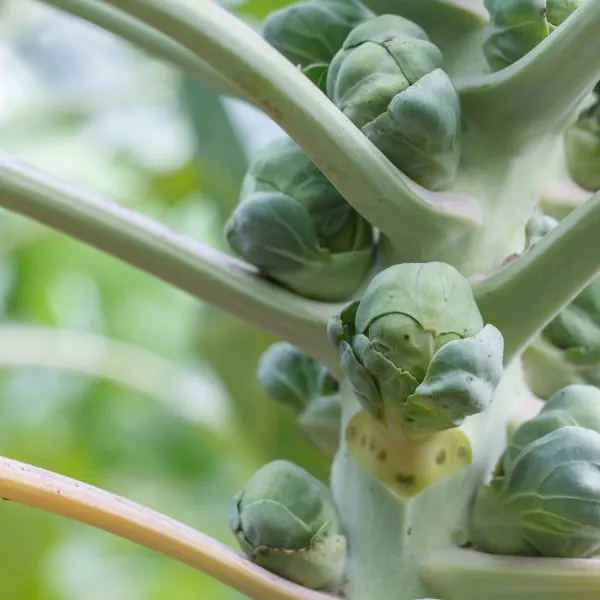
Benefits: Leeks repel insects that damage brassica crops.
In addition to repelling common insects that damage Brussels sprouts, leeks make a great companion because they share a similar long growing season. Both Brussels sprouts and leeks are often harvested past after it has frosted outside.
4. Cabbage
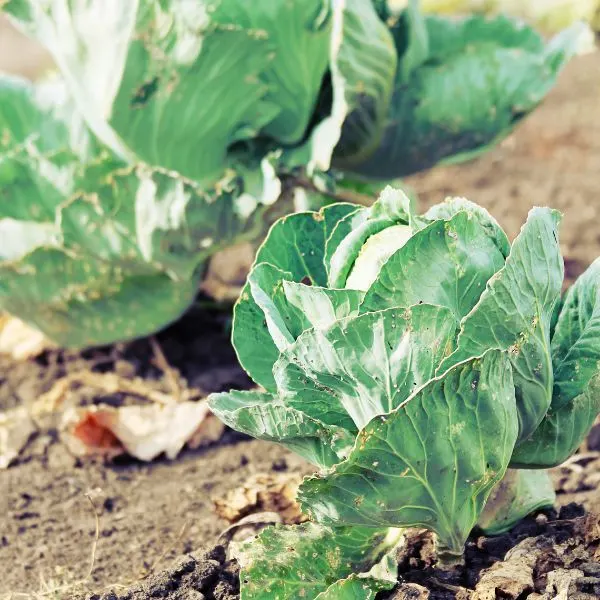
Benefits. Leeks share space well with cabbage and repel insects like white cabbage caterpillars and whiteflies.
Because cabbage and leeks use different strata of the soil, they share space well and don’t compete for nutrients. It is commonly suggested that these two be co-planted with beets as well to maximize space in the garden.
5. Cauliflower
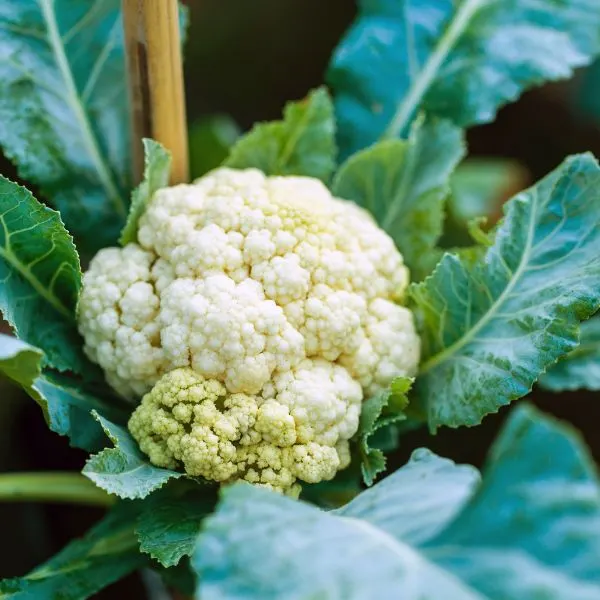
Benefits: Leeks repel insects that commonly damage vegetables in the Brassica family.
Cauliflower and leeks share similar soil preferences and leeks have great protective benefits to offer cauliflower. Instead of having cauliflower damaged by cabbage worms and whiteflies, interplant leeks with them and have healthier plants because of it!
6. Carrots

Benefits: Carrots repel onion flies and leeks repel carrot flies.
Carrots and leeks are commonly referenced as the best of all companions for each other. Leeks help carrots by repelling carrot flies and carrots return the favor by repelling onion flies.
Beets are often planted with these 2 for a completed trio.
7. Celery
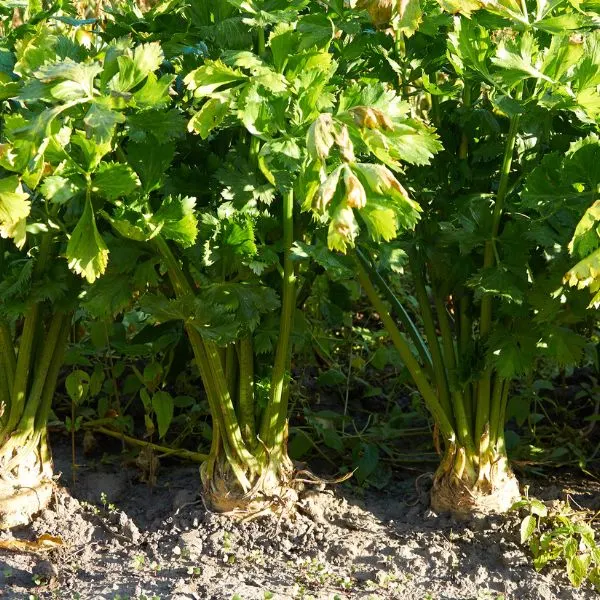
Benefits: Celery repels onion flies
Leeks do not have a lot of pests thankfully, but one that can be hard to deal with is onion flies. These flies lay their eggs near the base of alliums which results in their larvae hatching and eating the leeks.
Celery is a natural repellent of the onion flies making it a great companion to leeks.
8. Chamomile

Benefits: Chamomile has antifungal and antibacterial properties.
Leeks are prone to leek rust, a fungal disease that affects plants in the allium family. Because chamomile has antifungal properties, it is an excellent option for companion planting.
In addition, chamomile tea can be used as an effective rust spray treatment. Simply mix up 1 cup of chamomile tea with 2 cups of water and spray on the affected plants early in the morning or in the evening.
9. Fruit Trees
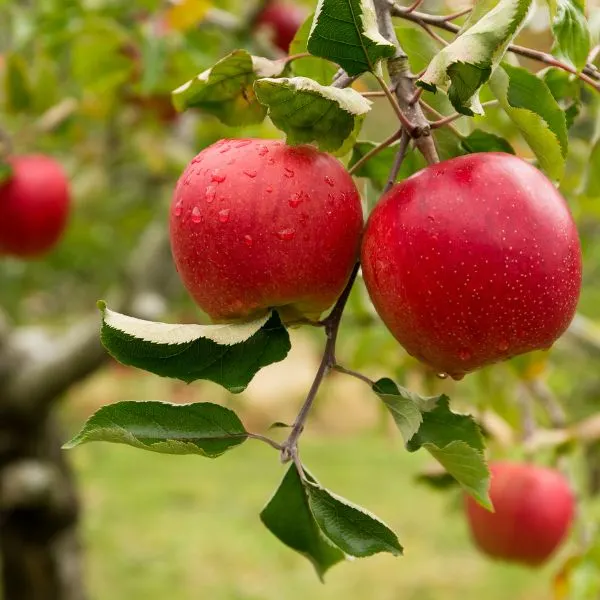
Benefits: Leeks repel a variety of damaging insects from fruit trees.
Fruit trees are commonly prone to many pests like slugs, mites and borers. Leeks like other members of the Allium family will repel these insects. Of course, they need to be planted within a couple of feet of the base of the tree to be effective.
Most fruit orchards do not have traditional garden plants right along the base, but this method would work particularly well with a Back to Eden or multi-story garden method where fruit trees are planted amongst the garden plants.
10. Lettuce
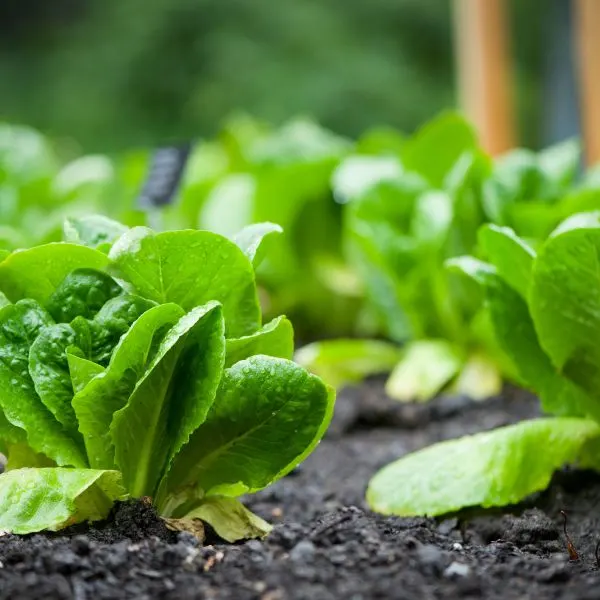
Benefits: Lettuce is an excellent weed barrier.
Besides being an extremely useful plant to grow and eat, lettuce is a great way to inhibit weed growth. Planting it between leeks will keep weeds down and give you another great crop for dinner! And of course leeks will repel many insects from the lettuce!
11. Kale

Benefits: Leeks repel many insects that damage kale: flea beetles, cabbage worms, and aphids.
Kale interplanted with leeks, onions, garlic or other members of the Allium family is an excellent gardening technique from a pest control perspective.
In addition, kale’s flavor improves in cold temperatures even after frost which pairs nicely with leeks growing needs. Together with a few other vegetables that continue growing after frost, you could create a cold-season harvesting bed.
12. Kohlrabi

Benefits: Leeks repel common insects that damage kohlrabi.
Interplanting leeks with kohlrabi is an excellent way to repel cabbage worms, white cabbage butterflies and aphids. Leeks have a small footprint so they also share space well.
13. Onions
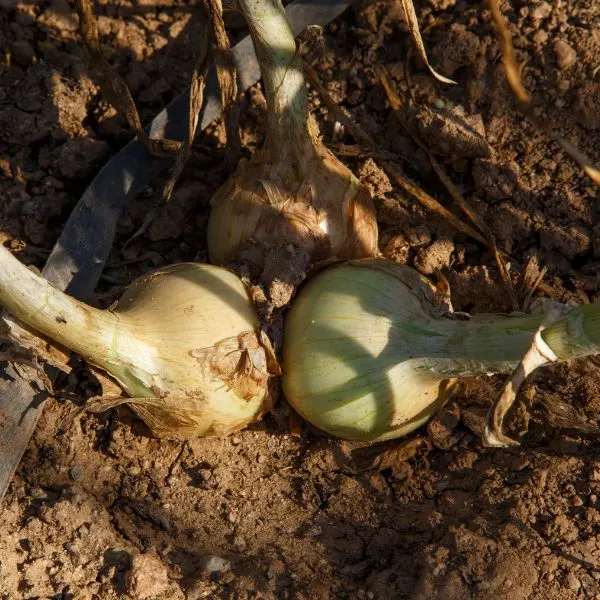
Benefits: Onions and leeks share similar growing requirements.
In the garden, sometimes plants from the same family should not be planted together. But onions, leeks, garlic and other alliums can do quite well in the same bed.
All of them prefer full sun and well-drained soil. Raised beds are ideal for onions and leeks or mounded up soil in a garden bed.
14. Marigolds
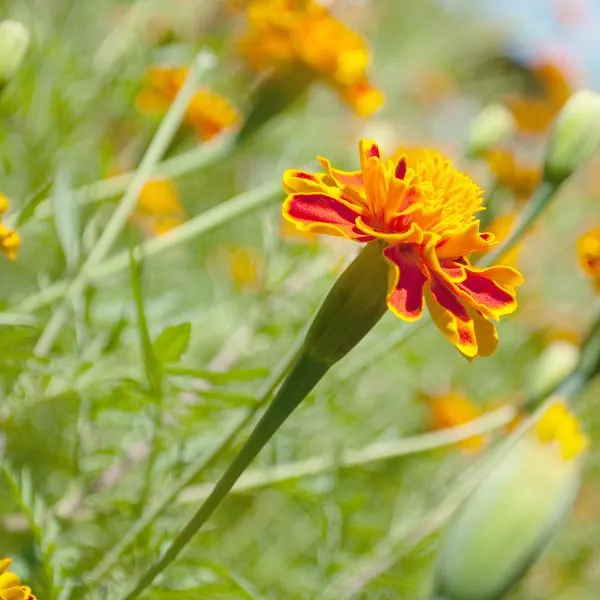
Benefits: Marigolds attract predatory insects that feed off leek pests.
Near my home in Ohio, there is a large community of Amish families. If you take a drive through Amish country in mid-summer, you will see beautiful vegetable gardens lined with many kinds of flowers including marigolds.
Before I became a gardener, I could never figure out why they planted so many flowers in their gardens. Their gardens are notoriously productive and I’m sure having marigolds in the garden is one of the secrets!
Marigolds planted around the garden will benefit all kinds of plants by attracting beneficial predator insects like ladybugs and lacewings. But when they are planted near the leeks they benefit them by killing root-knot nematodes in the soil that leeks are prone to.
15. Melons
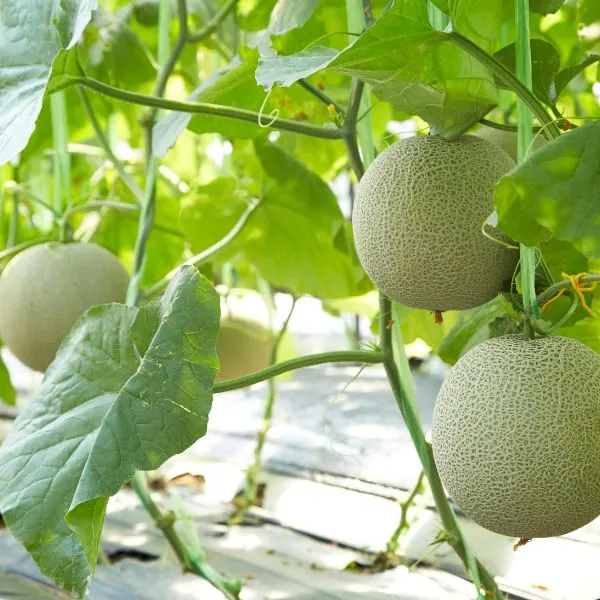
Benefits: Leeks provide antifungal benefits and repel insect pests.
While melons can be tricky to grow in some parts of the country, they are not difficult to companion plant. They can be planted with almost anything and do well in raised beds or planted directly in the ground if they have loose soil and fertilizer.
But leeks are a great companion choice because they repel many kinds of insects and have antifungal properties…both of which will help your melons thrive and flourish.
16. Nasturtiums
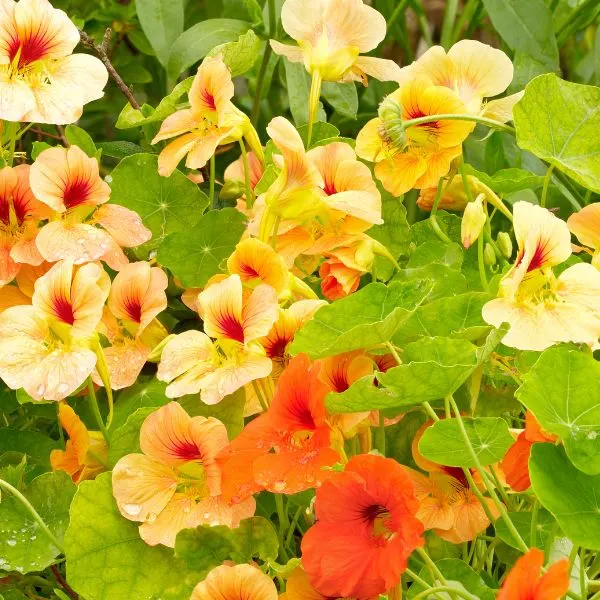
Benefits: Nasturtiums provide ground cover for weed suppression.
Nasturtiums deserve a place in every vegetable garden as a trap crop for some insects and repellants for others. But for leeks specifically, they are beneficial as cover plants. The dense leaves of the nasturtium shade the solid and suppress weeds.
Leeks must be planted 4 to 6 inches apart which can leave plenty of space for weeds to grow. Using nasturtiums around the leeks can be a great solution to that!
17. Parsley
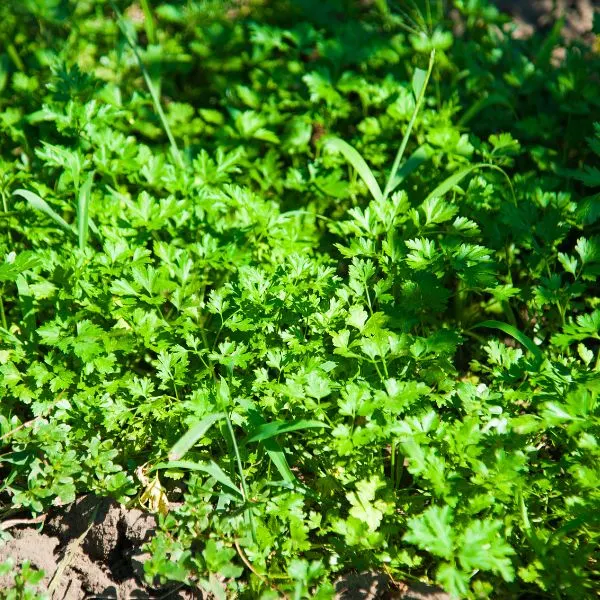
Benefits: Parsley repels onion flies.
Parsley, like carrots, makes a great companion for leeks because it naturally repels onion flies whose larvae damage leeks. Parsley is biennial often staying green through the winter.
This long growing season pairs nicely with leeks which also have an extended growing season. Both can stay in the ground past frost.
18. Parsnips

Benefits: Leeks repel carrot flies and flea beetles that damage parsnips.
Parsnips are in the parsley family and therefore share many properties with parsley and carrots. However, they are very prone to larva damage so they will benefit by being planted near a variety of plants that repel insects.
Carrot flies lay eggs at the base of parsley and their larvae damage the plant. Fortunately, leeks repel these flies. Another companion to repel maggots on parsley is Wormwood.
19. Peppers
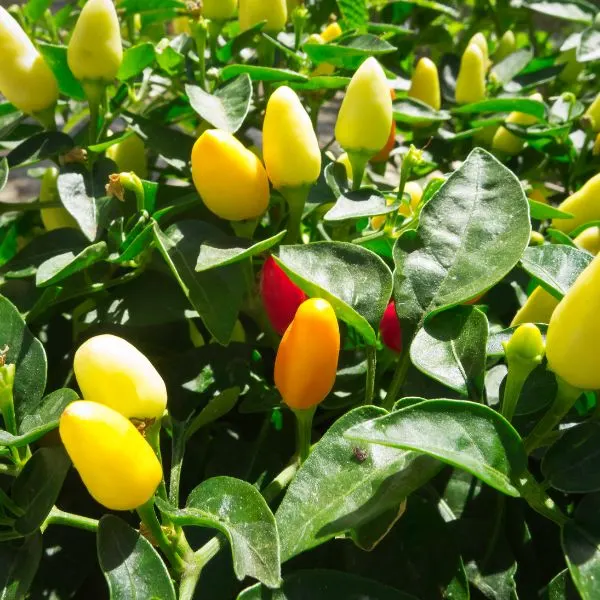
Benefits: Leeks repel aphids and ants that damage nightshade plants.
Both hot peppers like cayenne and sweet peppers will benefit from being planted with leeks. Nightshade plants are prone to damage from insects like aphids and ants. Leeks and other alliums repel both of these and prevent damage to peppers.
20. Rosemary
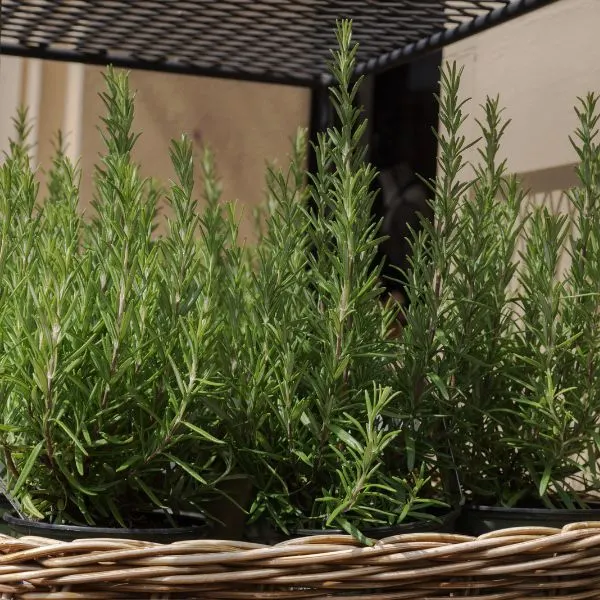
Benefits: Rosemary can improve the flavor of leeks
Rosemary, like other pungent herbs, is a great companion plant for warding off damaging insects. Leeks are not prone to a lot of insect damage but they can still benefit from being interplanted with rosemary. This fragrant herb will improve the flavor of leeks and other alliums.
21. Spinach

Benefits: Leeks repel leaf miners from spinach.
Spinach leaves provide an excellent natural mulch around leeks. Spinach planted near leeks helps the soil retain moisture which will improve leek production.
Leaf miners are insect larvae that can cause trailing damage on the leaves of the spinach as they eat their way across the plant leaving a trail behind them. Fortunately, leeks repel these insects making them a worthy companion plant for spinach.
22. Strawberries
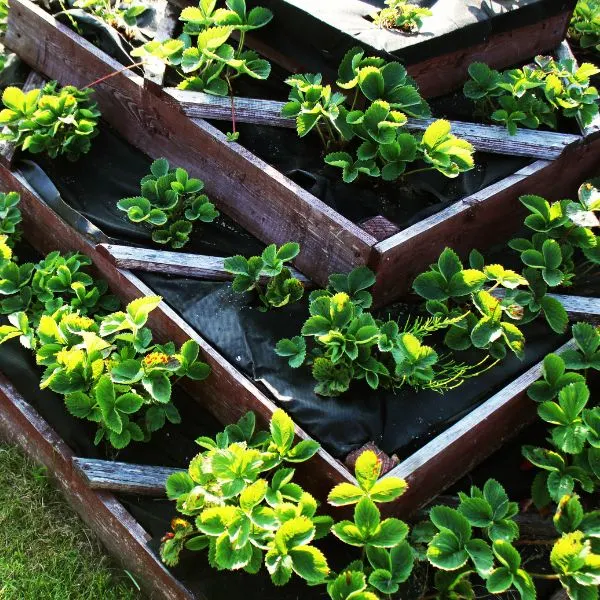
Benefits: Leeks protect strawberries from many insect pests.
While strawberries and leeks may not seem to be likely companions, strawberries seem to benefit from proximity to leeks and onions. Berries are often prone to insect damage and the strong odor of alliums keeps many of these bugs away.
23. Thyme
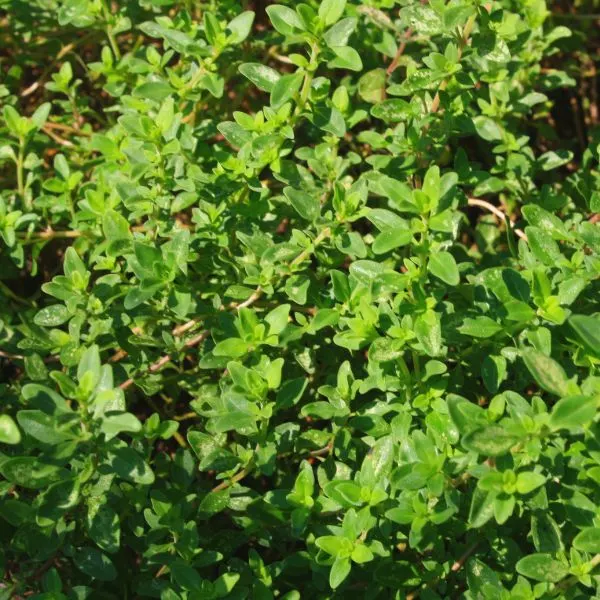
Benefits: Thyme improves leeks flavor and repels insects.
Thyme is a quiet super plant in the garden. It repels all kinds of damaging insects and benefits so many plants. It is also a perennial in most areas which make it very convenient to use as a companion plant since it doesn’t need to be replanted every year.
24. Tomatoes
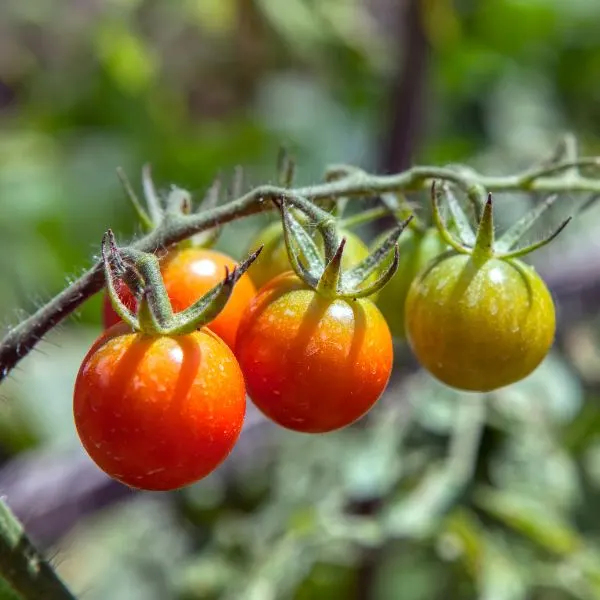
Benefits: Leeks repel damaging insects.
Tomatoes are prone to insect damage from aphids and ants which can be helped by companion planting with leeks. Leeks can be planted in between tomato plants or in rows on either side of the tomatoes. In raised beds, leeks fit nicely as they have a small growing footprint.
Bad Companion Plants for Leeks
1. Asparagus
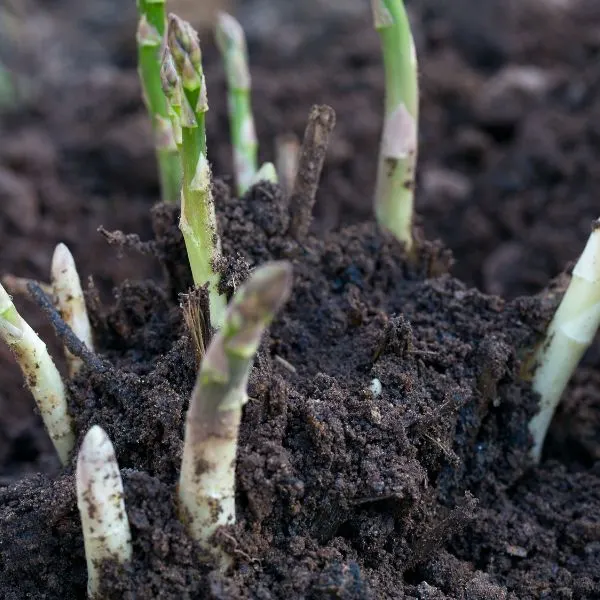
Leeks, garlic, and onions will stunt the growth of asparagus and should not be planted together.
2. Beans
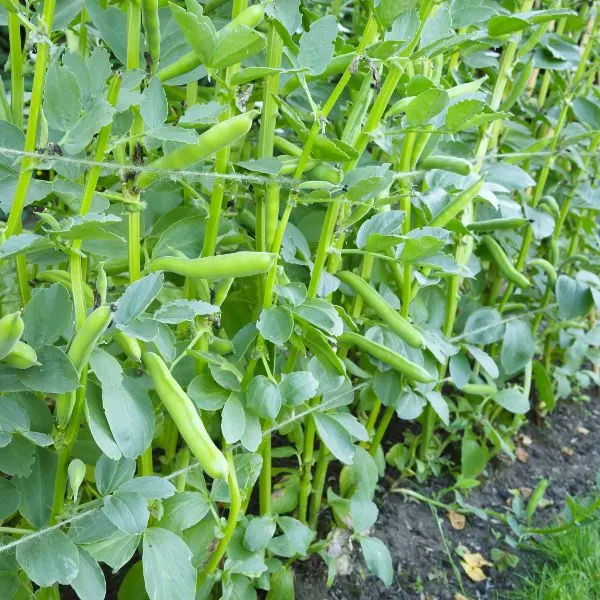
Leeks should not be planted near beans as they will stunt the growth of the beans.
3. Peas
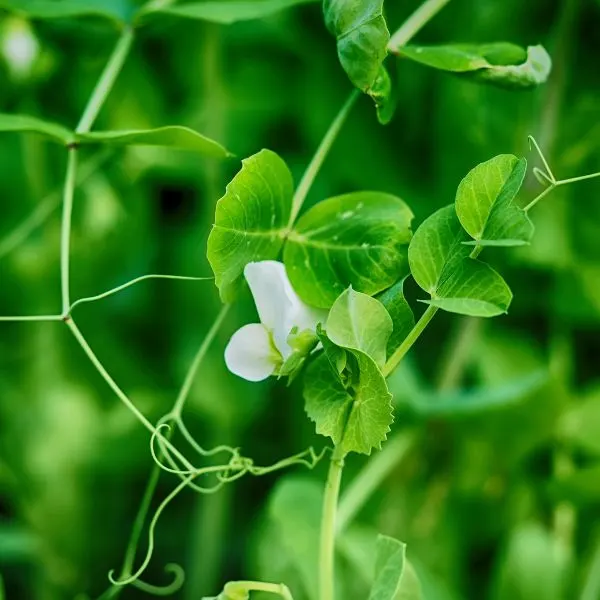
These should not be grown by leeks or other alliums because they emit a compound called ajoene which inhibits the growth of peas.
FAQ About Leeks Companion Plants
What are the ideal growing conditions for leeks?

Leeks require full sun. They prefer well-drained soil. Leeks grow well in raised beds or in mounded soil. Avoid poorly drained soil which may cause leeks to be more susceptible to fungal diseases.
When should leeks be harvested?
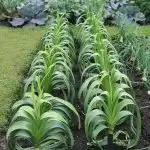
Leeks have a growing season of 120-150 days. They are ready to be harvested when they are 1” to 2” in diameter. Their flavor is improved if they are harvested after the early frosts.
Can leeks be regrown from scraps?

Yes, leeks can be regrown from the root end of leeks if the roots are intact. In order to do this with either homegrown or store-bought leeks, the leek should be cut about 1” above from the roots.
The small piece of leek with roots should be placed in a glass of water. Change the water every few days. New growth will appear in about a week. At that time the leek may be replanted in the garden.
Can leeks be left in the ground in the winter?
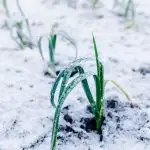
Leeks can be left in the ground in the winter if they are protected. Because they have a relatively short shelf-life, they should be picked when you are ready to use them. They can be left in the ground for an extended period of time. In order to prevent them from freezing, leeks should be mounded with mulch and pulled when you are ready to use them.
Wrapping up
Leeks Compact Size and Versatile Uses Make It a Great Garden Option
As you plan your spring planting, consider growing leeks as part of well-managed garden. Because they have an extra long growing season, you will want to start your seeds for these very early in order to let them reach maturity before freezing temperatures set in. Of course, in milder climates, they may be grown year-round.
A great way to do companion planting is to create a garden map with 2 to 5 types of vegetables planned per bed. A leek bed might have carrots, leeks, and beets. Or it might be strawberries and leeks or cabbage, leeks and marigolds. By planning it out on paper before you start your seeds, you can visualize exactly how you will use leeks in the garden and how they will support your overall garden goals.
More companion plants
